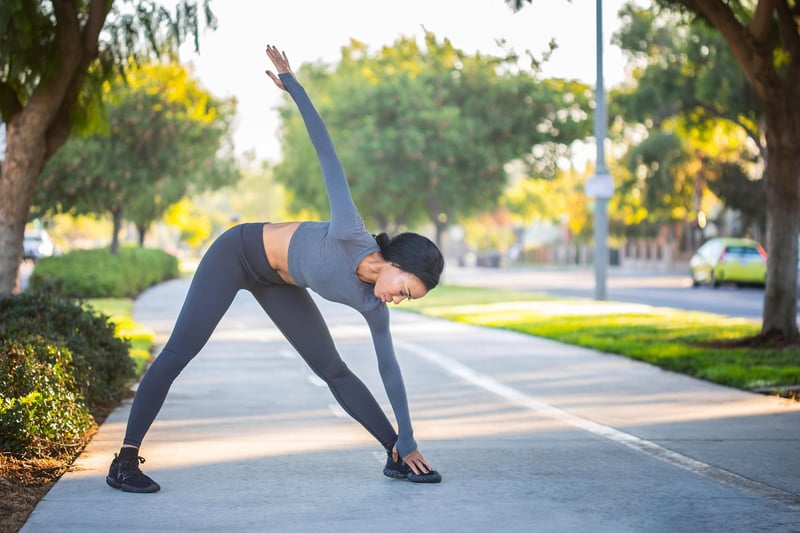Dynamic Stretching
The Power of Flexibility & Tension in Dynamic Stretching
Flexibility and tension are essential components of an effective dynamic stretching routine. Dynamic stretching involves moving parts of your body and gradually increasing reach, speed of movement, or both. This type of stretching is great for warming up before physical activity as it improves muscle elasticity, enhances performance, and reduces the risk of injury.
Flexibility: The Key to Mobility
Flexibility refers to the range of motion in a joint or a group of joints. It is crucial for maintaining good posture, preventing muscle imbalances, and performing daily activities with ease. By incorporating dynamic stretches that focus on different muscle groups, you can improve your overall flexibility and joint mobility.

Tension: Building Strength and Stability
Tension, on the other hand, plays a vital role in dynamic stretching by engaging the muscles to resist movement actively. By creating tension in the muscles while stretching, you can build strength, improve stability, and develop better body awareness. This controlled resistance helps in enhancing muscle control and coordination.
The Benefits of Dynamic Stretching
Dynamic stretching offers a wide range of benefits, including:
- Improved blood circulation
- Enhanced athletic performance
- Increased flexibility and range of motion
- Reduced muscle stiffness and soreness
- Prevention of injuries
Sample Dynamic Stretching Routine
Here's a simple dynamic stretching routine that combines flexibility and tension:
- Arm Circles: Stand with your feet hip-width apart and circle your arms forward and backward to warm up the shoulder joints.
- Leg Swings: Hold onto a support and swing one leg forward and backward to loosen up the hip flexors and hamstrings.
- Torso Twists: Stand tall and rotate your upper body from side to side to engage the core muscles.
- High Knees: Jog in place and lift your knees towards your chest to activate the hip flexors and improve leg power.
Remember to perform each dynamic stretch smoothly and gradually increase the range of motion as your muscles warm up. Listen to your body and avoid any movements that cause pain or discomfort.
By incorporating flexibility and tension into your dynamic stretching routine, you can prepare your body for physical activity, improve your overall performance, and reduce the risk of injuries. So, make dynamic stretching a regular part of your workout routine and experience the benefits firsthand!
